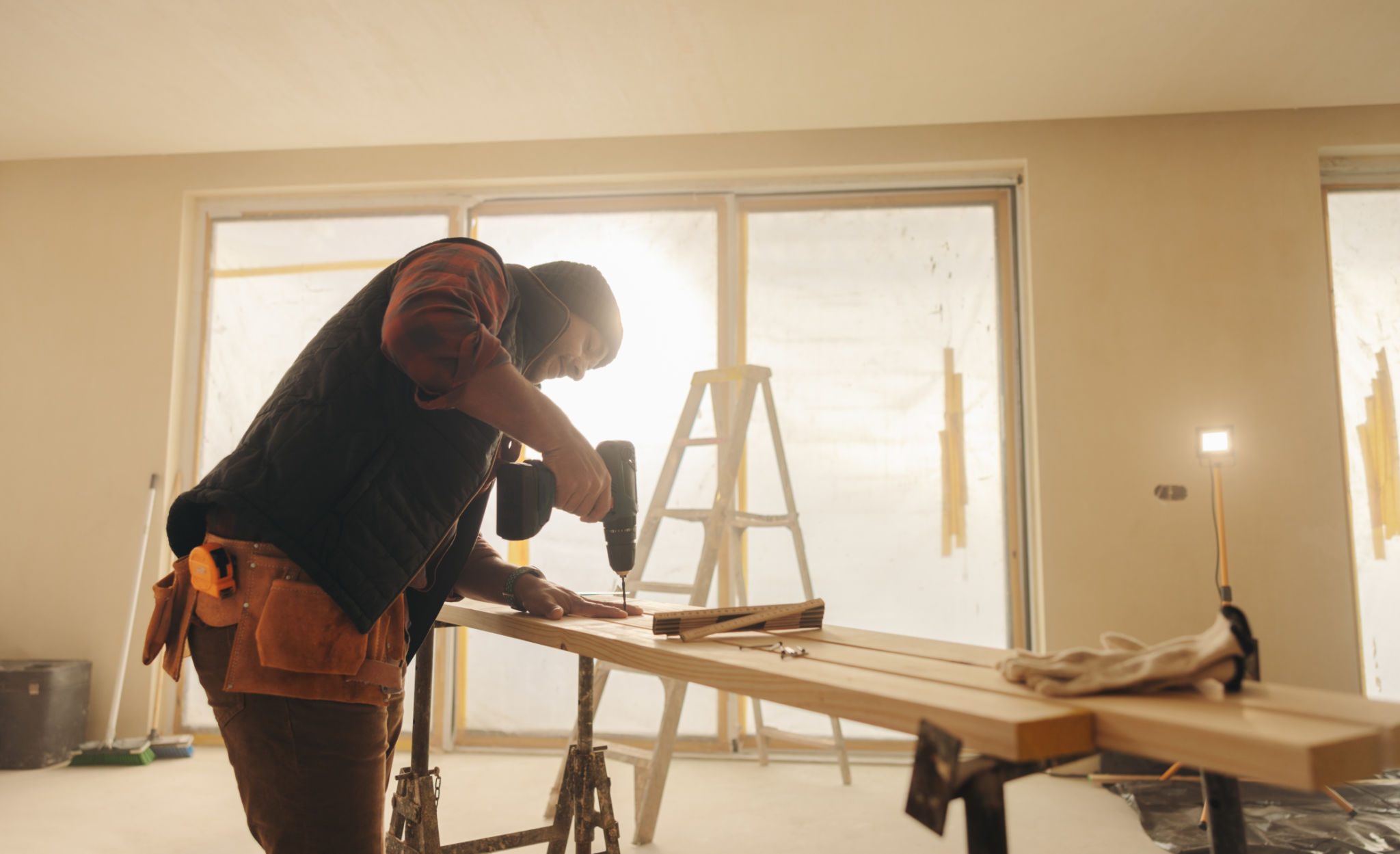The Impact of Local Weather on Home Improvement Plans in the USA
Understanding Regional Climate Patterns
When planning home improvement projects, one critical factor to consider is the local weather. The United States boasts diverse climate zones, each with unique weather patterns that can significantly influence home renovation decisions. From the arid deserts of the Southwest to the humid subtropical climate of the Southeast, these regional differences affect both the timing and materials used in home improvement projects.

Timing Your Projects
Weather plays a crucial role in determining the best time to undertake specific home improvement tasks. For instance, exterior painting is ideally done in mild, dry conditions to ensure proper drying and adhesion. In contrast, planting and landscaping are best suited for late spring or early fall in most regions, avoiding extreme temperatures that might stress new plants.
Homeowners in northern states need to consider the short summer window for outdoor projects, while those in the South might plan around hurricane season or the intense heat of summer. Understanding these seasonal patterns can help in planning and executing projects more efficiently.
Material Selection Based on Climate
The choice of materials for home improvement projects should reflect local weather conditions. For homes in areas prone to heavy rainfall or humidity, like the Pacific Northwest or the Gulf Coast, selecting water-resistant materials such as vinyl siding or composite decking is crucial to prevent damage and ensure longevity.

In regions with extreme temperatures, energy-efficient windows and insulation can help maintain indoor comfort and reduce utility bills. Homeowners in arid climates may prioritize drought-resistant landscaping and materials that can withstand intense sun exposure.
Weatherproofing Your Home
Weatherproofing is another essential consideration for homeowners looking to protect their investments. In regions susceptible to severe weather events like hurricanes or tornadoes, reinforcing roofs and windows is vital. This could involve using impact-resistant glass or installing storm shutters to shield against high winds and flying debris.

In colder climates, ensuring proper insulation and sealing gaps can prevent heat loss and reduce energy costs during harsh winters. Simple measures like adding weather stripping around doors and windows can make a significant difference in maintaining a comfortable indoor environment.
Consulting with Local Experts
Given the complexities of regional weather patterns, consulting with local contractors and experts can provide valuable insights into the best practices for home improvement in your area. These professionals have firsthand experience with the challenges posed by local climates and can recommend materials and techniques that will perform well under specific conditions.
Local experts can also offer guidance on permits and regulations that may affect your project, ensuring compliance with regional building codes and standards.
Sustainability Considerations
Integrating sustainable practices into home improvement plans is increasingly popular among homeowners. This might involve using eco-friendly materials, incorporating energy-efficient appliances, or opting for renewable energy solutions like solar panels.
Sustainability considerations often align with adapting to local weather conditions. For example, installing rainwater harvesting systems in areas with high rainfall can support water conservation efforts. Similarly, leveraging passive solar design principles can optimize natural heating and cooling based on regional climate patterns.
Conclusion
The impact of local weather on home improvement plans is an essential consideration for homeowners across the United States. By understanding regional climate patterns, timing projects appropriately, selecting suitable materials, and consulting with local experts, homeowners can ensure their improvements are both effective and durable.
Embracing sustainable practices further enhances the resilience and environmental friendliness of home renovations, providing long-term benefits for both residents and the planet.